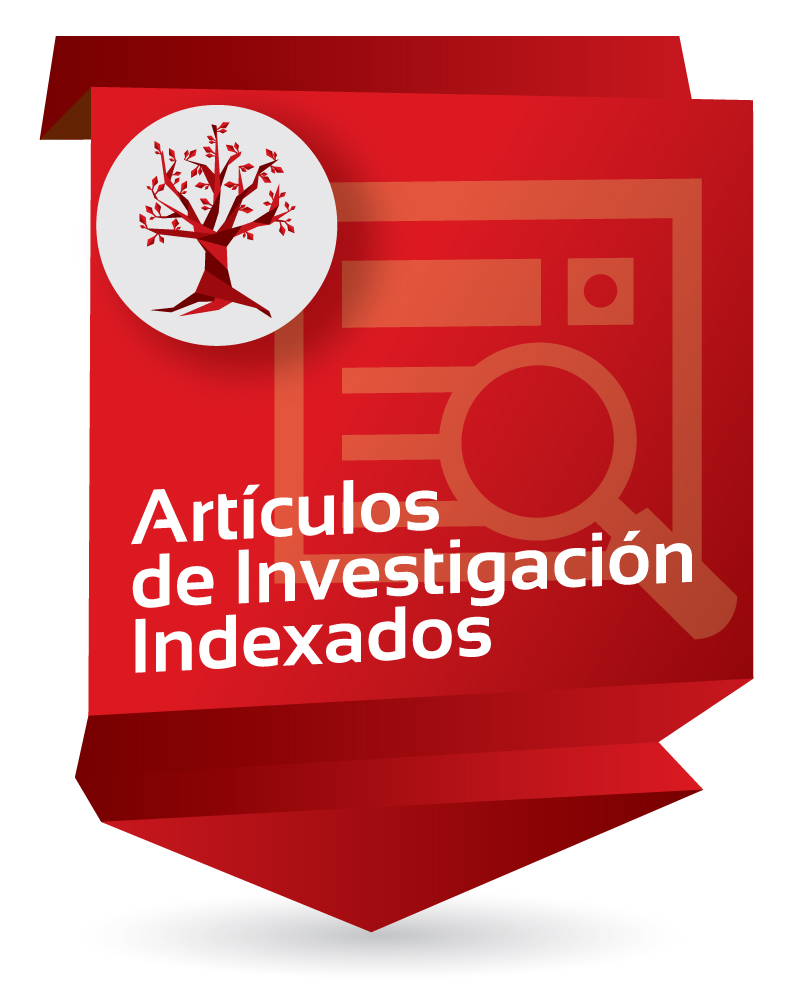Aarskog-Scott syndrome: phenotypic and genetic heterogeneity

Enlaces del Item
URI: http://hdl.handle.net/10818/48109Visitar enlace: http://www.aimspress.com/fileO ...
ISSN: 1357-9657
DOI: 10.3934/genet.2016.1.49
Compartir
Estadísticas
Ver Estadísticas de usoCatalogación bibliográfica
Mostrar el registro completo del ítemAutor/es
Reza Jabalameli, M.; Briceño, Ignacio; Martínez Lozano, Julio César; Pengelly, Reuben J.; Ennis, Sarah; Collins, AndrewFecha
2016-03-29Resumen
Aarskog-Scott syndrome (AAS) is a rare developmental disorder which primarily affects
males and has a relative prevalence of 1 in 25,000 in the general population. AAS patients usually
present with developmental complications including short stature and facial, skeletal and urogenital
anomalies. The spectrum of genotype-phenotype correlations in AAS is unclear and mutations of the
FGD1 gene on the proximal short arm of chromosome X account for only 20% of the incidence of the
disorder. Failure to identify pathogenic variants in patients referred for FGD1 screening suggests
heterogeneity underlying pathophysiology of the condition. Furthermore, overlapping features of AAS
with several other developmental disorders increase the complexity of diagnosis. Cytoskeletal
signaling may be involved in the pathophysiology of AAS. The FGD1 protein family has a role in
activation of CDC42 (Cell Division Control protein 42 homolog) which has a core function in
remodeling of extracellular matrix and the transcriptional activation of many modulators of
development. Therefore, mutations in components in the EGFR1 (Epidermal Growth Factor Receptor
1) signaling pathway, to which CDC42 belongs, may contribute to pathophysiology. Parallel
sequencing strategies (so-called next generation sequencing or high throughput sequencing) enables
simultaneous production of millions of sequencing reads that enormously facilitate cost-effective
identification of cryptic mutations in heterogeneous monogenic disorders. Here we review the source
of phenotypic and genetic heterogeneity in the context of AAS and discuss the applicability of next
generation sequencing for identification of novel mutations underlying AAS.
Ubicación
AIMS genetics. Vol 3 (1): pags 49-59
Colecciones a las que pertenece
- Facultad de Medicina [1584]

















